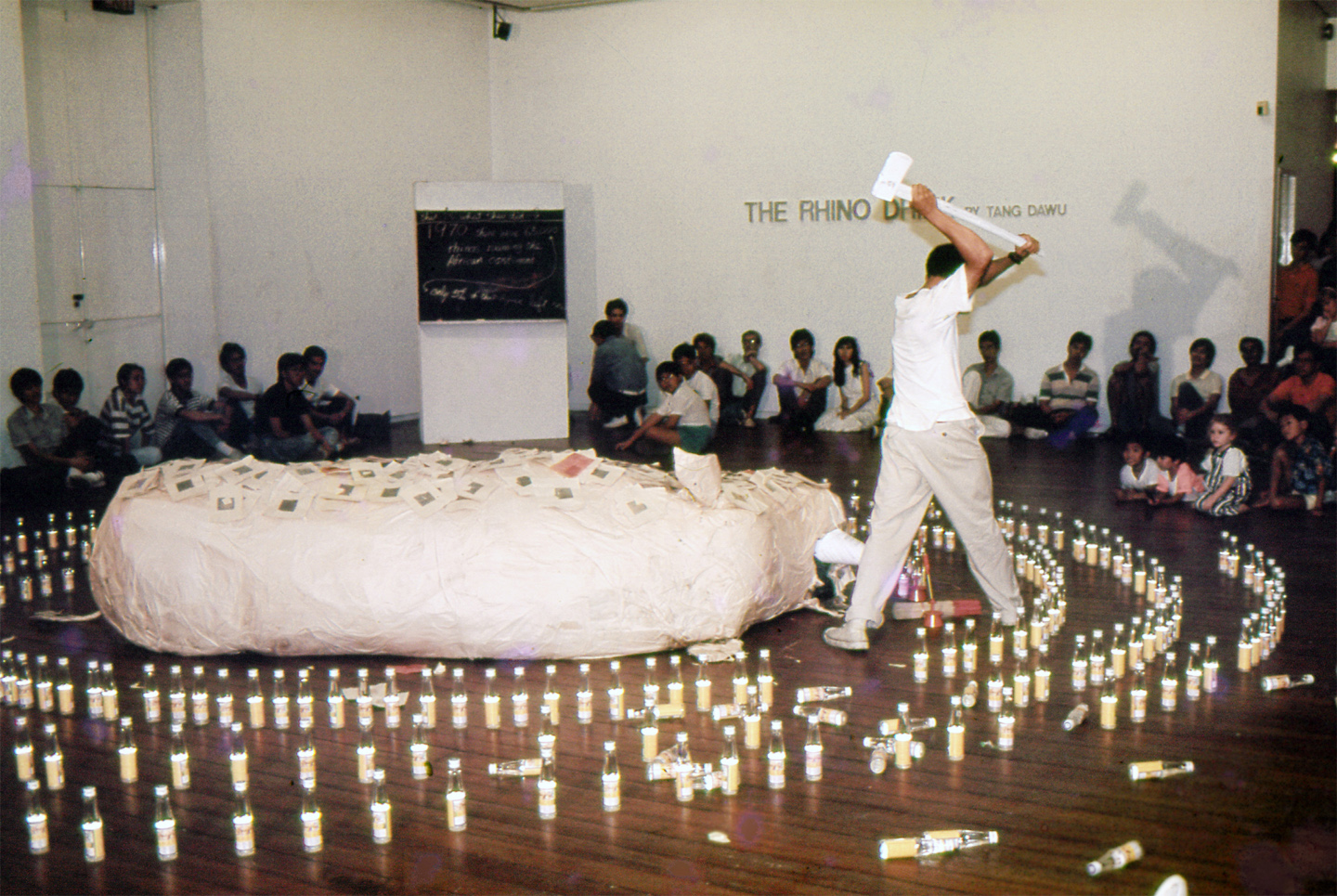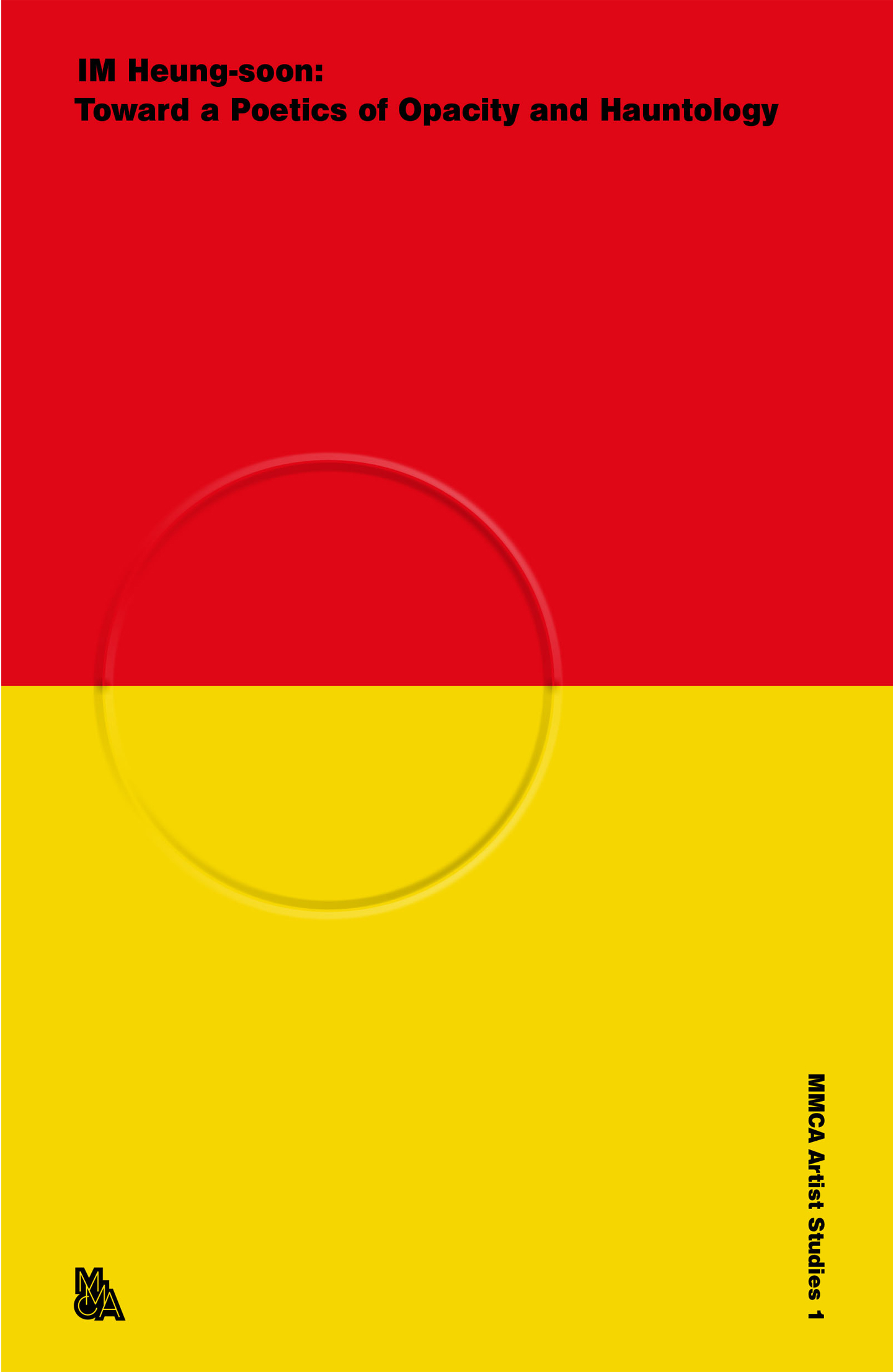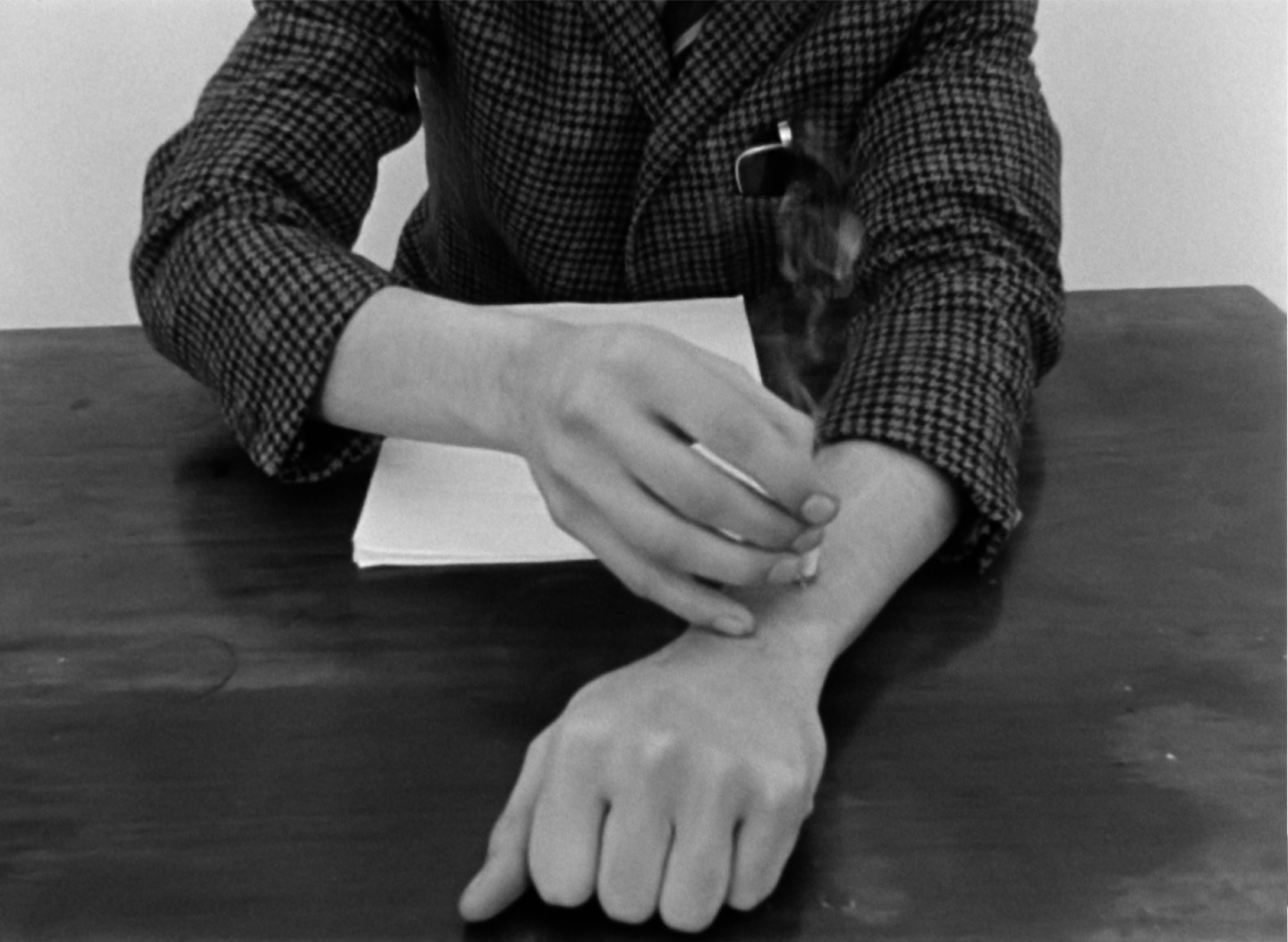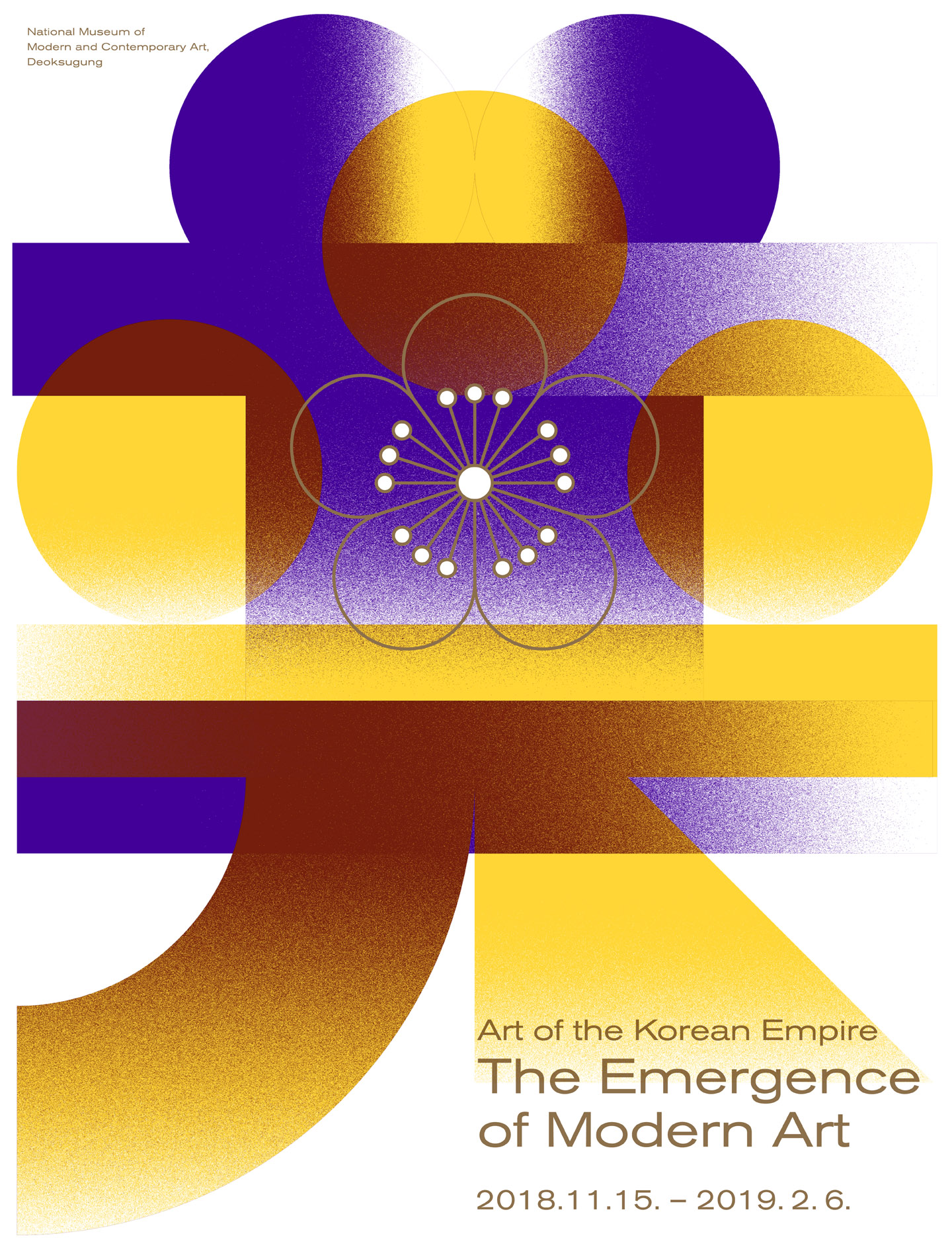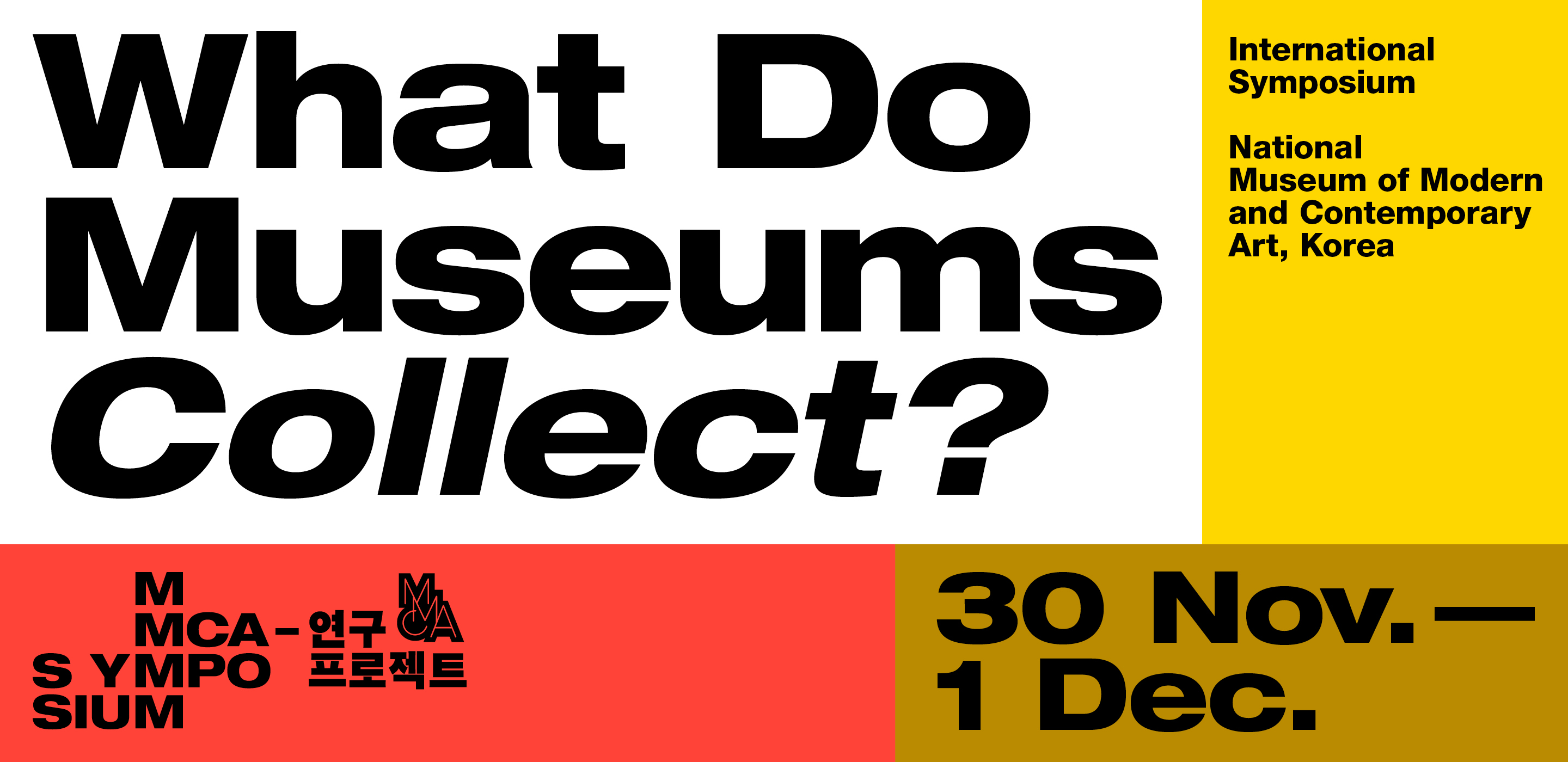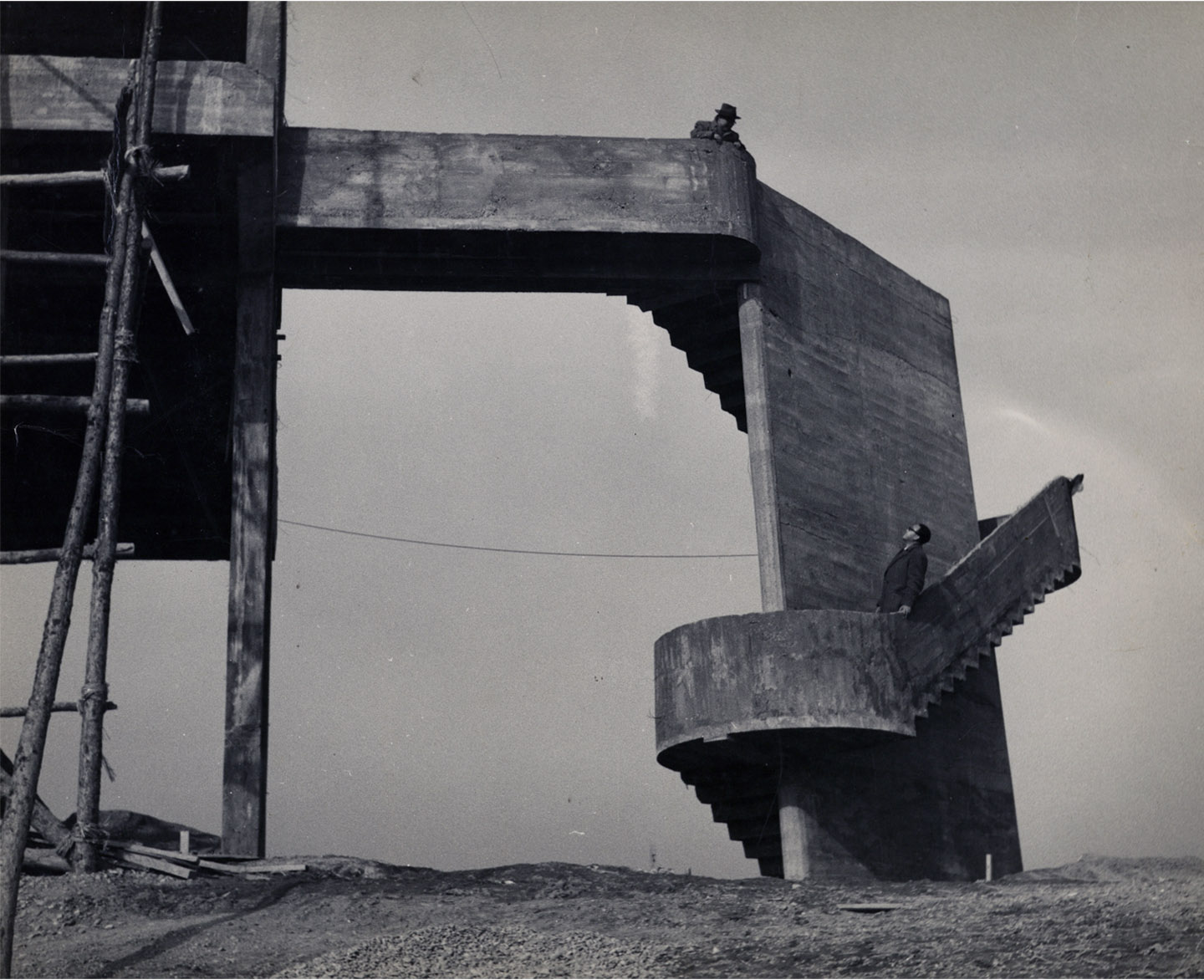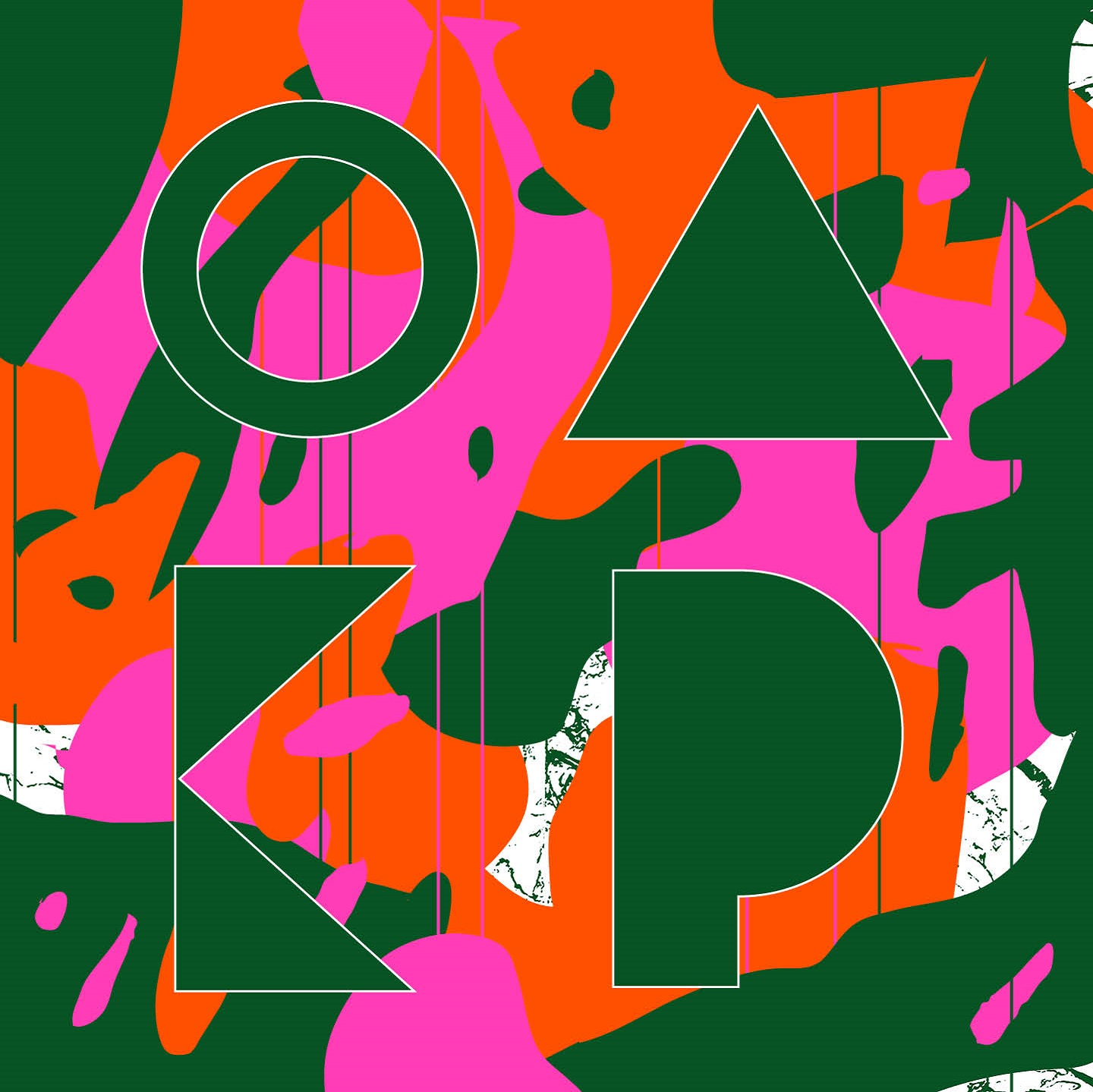January 31–May 6, 2019
Gyeonggi-do 13829
Korea
Hours: Tuesday–Friday and Sunday 10am–5pm
Saturday 10am–9pm
T +82 2 2188 6000
F +82 2 2188 6121
Awakenings: Art in Society in Asia, 1960s–1990s is a special international exhibition that illuminates the social, political, and cultural changes that occurred throughout Asia in the three decades from the 1960s to the 1990s and the subsequent changes in Asian contemporary art. Co-organized by the National Museum of Modern and Contemporary Art, Korea (MMCA), the National Museum of Modern Art, Tokyo (MOMAT), National Gallery Singapore (NGS), and the Japan Foundation Asia Center, more than four years of research have gone into the preparation of this exhibition. Featuring some 170 works by approximately 100 prominent artists from Korea, Japan, China, Taiwan, Hong Kong, Singapore, Malaysia, Indonesia, the Philippines, Thailand, India, Myanmar and Cambodia, this exhibition takes a comparative approach that transcends national frameworks to introducing the dynamic qualities of avant-garde art in Asia.
From the 1960s to the 1990s, Asian societies experienced radical transformations brought on by decolonization, ideological conflicts rooted in the Cold War, the outbreak of the Vietnam War, the rise of nationalism, rapid modernization, and democratic movements. Through these turbulent times, artists were motivated to resist authority and customs and seek liberation from oppression. They led radical experimental art that challenged existing artistic concepts, categories, and institutions. Moreover, a new awareness of subjectivity and broad criticisms of Western modernism led to the emergence of various aesthetic experiments and movements that sought to escape “art for art’s sake,” understand art in relation to society, and bridge the gap between art and life. In this exhibition, “awakening” refers not to awareness through external (Western) intervention, but to the emergence of political awareness, new artistic attitudes, and a newfound sense of subjectivity that originated from a local and internal context.
Awakenings addresses the aesthetic radicalism that emerged from the geopolitical context of democratization, decolonialism, and anti-modernism, as well as the artistic trends that formed in the process throughout Asia, wherein art became a means of socio-cultural communication. The exhibition encompasses various artistic practices that sought to capture local stories through unconventional media, such as everyday objects, photography, installations, video, performance, and events. Radical and experimental artistic practices appeared at different times in each region, from the 1960s to 1970s in Korea, Japan, and Taiwan; from the 1970s to 1980s in Singapore, Malaysia, Indonesia, the Philippines, Thailand, India; and from the 1980s to 1990s in China.
Awakenings explores three themes: Questioning Structures, Artists and the City, and New Solidarities. With a comparative approach that supersedes national boundaries, the exhibition highlights contemporary Asian art in terms of cultural interactions, visual and conceptual similarities and differences, and unexpected resonances across time and space. This approach draws a dynamic map of contemporary Asian art, encompassing its great regional diversity and complexity, and opening up new possibilities of reorganizing the narrative of art history, which is currently centered around Western art.
For more information, visit the website of the National Museum of Modern and Contemporary Art, Korea.
Location: Galleries 1,2 and main hall at MMCA Gwacheon

